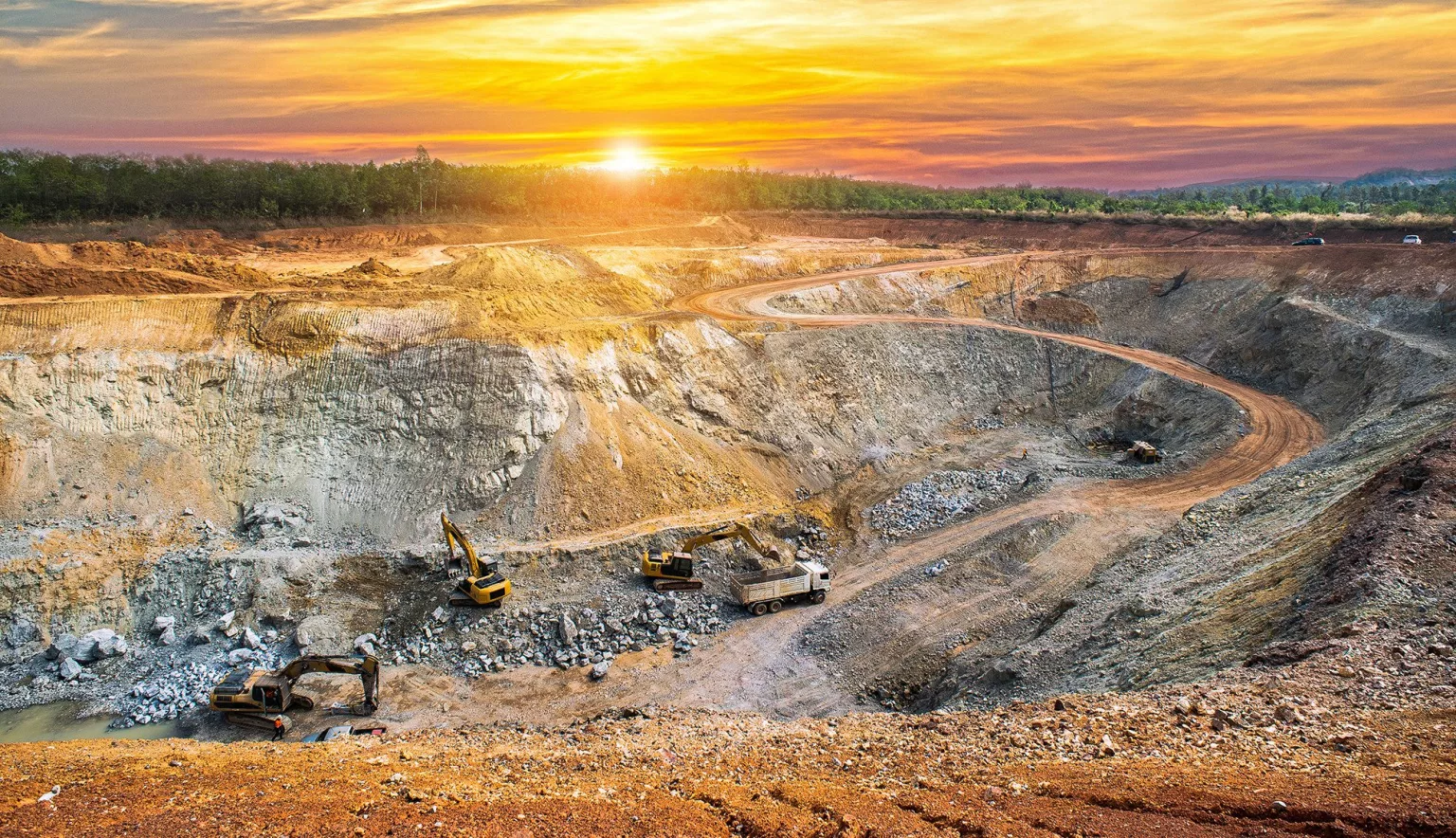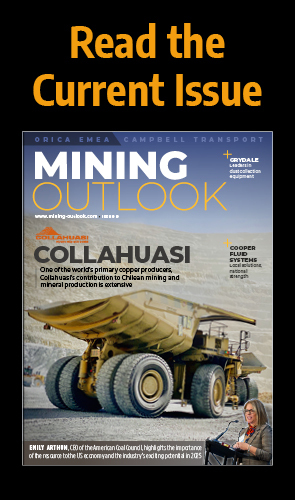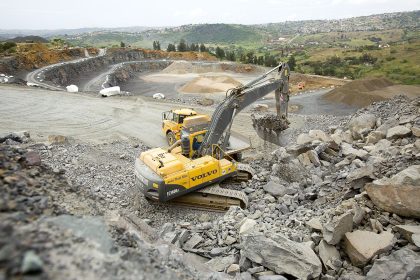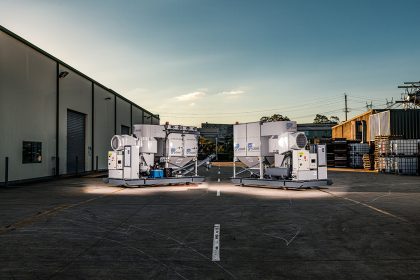SPOTLIGHT ON MINING IN DRC
With the country continuing to undergo rapid urban development, as witnessed by the major growth of the commercial and industrial centre of Kinshasa, the mining industry represents a key economic driver at the intersection of industrial, residential, and agricultural development.
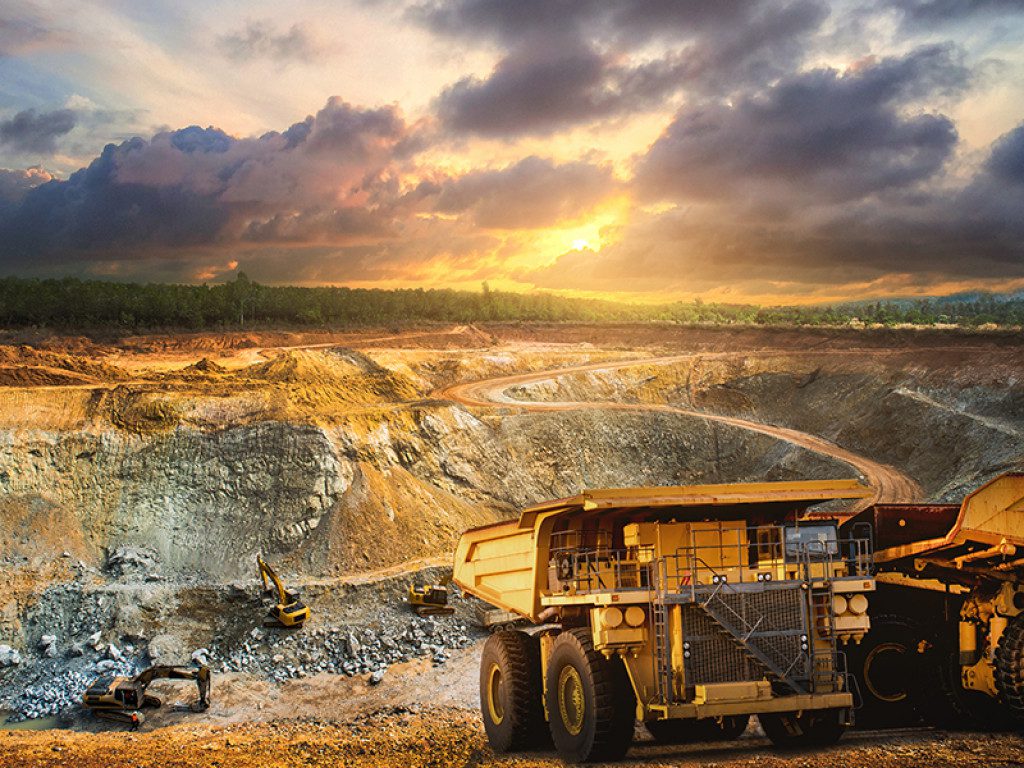
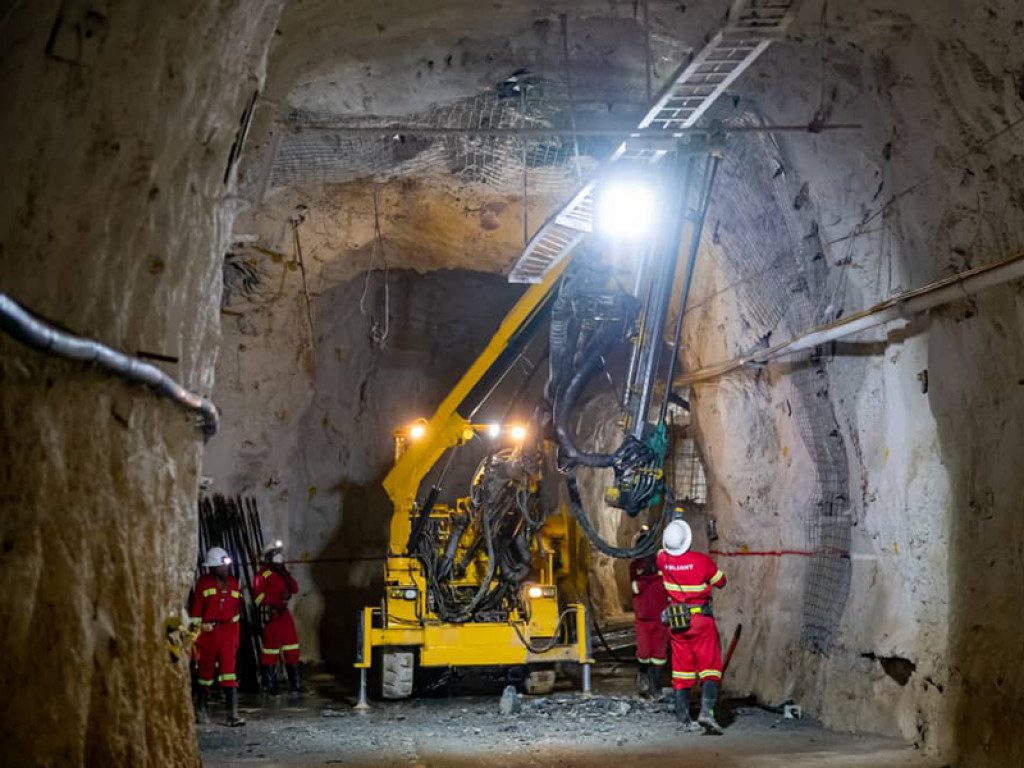
Q&A: CHAMBER OF MINES DRC
Can you talk us through the origins of the Chamber – how it came about, and its initial vision?
Since inception, how has the Chamber developed and progressed in terms of its key objectives and the messages it tries to get across?
What do you find most exciting about the mining industry in DRC?
Agriculture can only be effective when you have roads, railways and electricity, and history has taught us that these ingredients are initially introduced by mining activity. There is plenty of mining activity in the past that confirms this, in creating the infrastructure that supports agricultural development. For instance, the Charleroi Belgium coal mines, the Ruhr coal basin in Germany, and the Witwatersrand gold fields in South Africa. Closer to home, we have the Kaniama Kasese agricultural centre, located 800 kilometres northwest of Lubumbashi, which is a great producer of maize. The centre dates back to the activities of what was then the Union Minière, which has evolved today to become Gecamines.
On the flip side, what are its biggest challenges?
LW: The biggest challenges of the mining industry remain energy deficits, poor infrastructure, artisanal mining, and the capacity to attract greenfield exploration dollars. The implementation of the regulatory framework also remains a challenge since some clauses remain open to interpretation which leads to unnecessary time and energy spent on litigation.
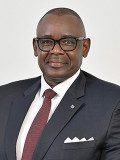
“DRC will remain a prime destination for mining investment thanks to its mineral endowment, which is second to none on this planet”
Louis Watum, President, Chamber of Mines DRCHas the Chamber got any projects in the pipeline you wish to highlight?
LW: There are a number of projects that are currently being developed by our members. One key development is Ivanhoe Mine’s partnership with Zijn and the DRC state. After launching production at its flagship Kamoa – Kakula copper project one year ago, the mine has successfully commissioned its second phase of expansion and is already ranked fourth in the world with a production of 450,000 tonnes of copper contained in concentrate. Works are in progress for the construction of a direct-to-blister flash smelter with a capacity of 500,000 tonnes per annum to produce pure 99 percent blister copper. The third phase is due to come into production in 2024, and will take production to 600,000 tonnes per annum. This will see the mine ranked third in the world.
Ivanhoe Mines has also entered a partnership with Gecamines. The Kipushi Mine, a legendary polymetallic producer of copper, zinc, silver, and germanium, was recognised in its heyday as the world’s richest copper mine. Now, it is on a two-year timeline to recommence underground mining operations, as well as build and commission a new concentrator facility on the surface with an annual processing capacity of 800,000 tonnes of ore. This will produce on average 240,000 tonnes of zinc contained in concentrate, to become the world’s highest-grade major zinc mine with an average grade of 36.4 percent zinc over the first five years of production.
There are also exciting developments on the energy front. In order to meet the power demand of the mining industry, a number of local private operators are rising to the challenge.
To name a few, local entrepreneur and pioneer Eric Monga, through his Kipay investment company, is developing a 150 megawatt (MW) hydropower station in Upper Katanga, to supply the mining industry with clean and reliable green power. The same goes for Tembo power, which is developing 70 MW with a new hydropower capacity in Lualaba province.
Whilst all these initiatives are in the pipeline, the Chamber continues to channel a constructive interaction between key stakeholders in the tripartite government, Chamber of Mines, and civil society to create greater ESG consciousness, see the government implement a clear mining vision, as well as establish a business-friendly regulatory framework, and ensure the understanding by all parties that they not only have rights, but also obligations to fulfil.
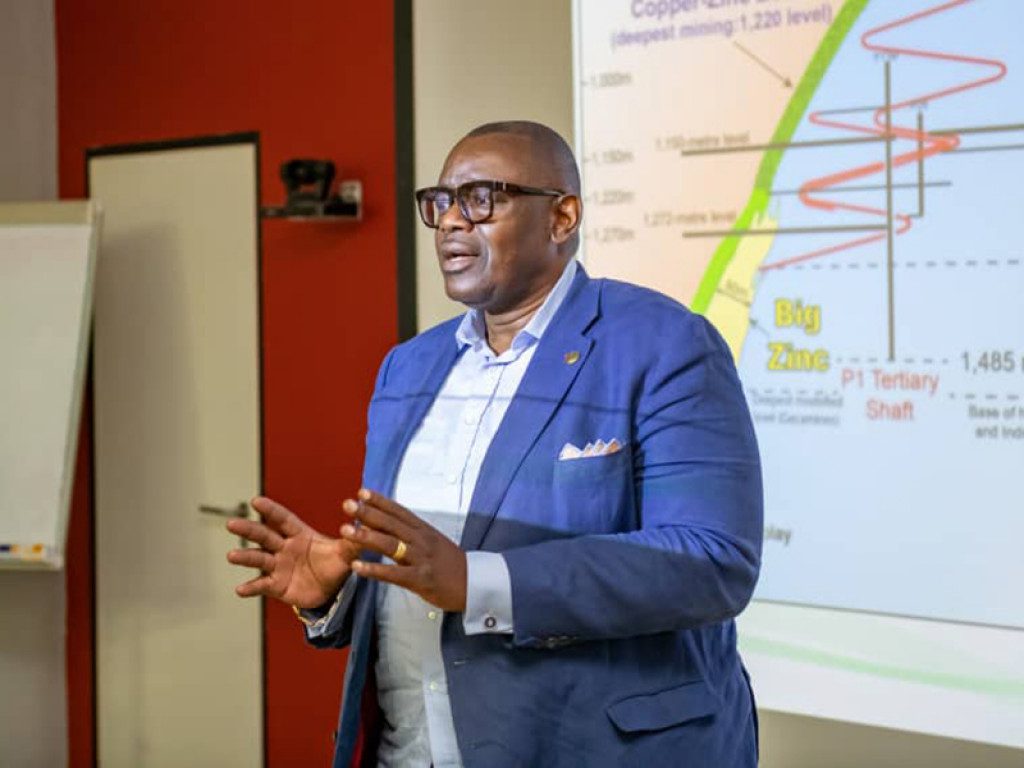
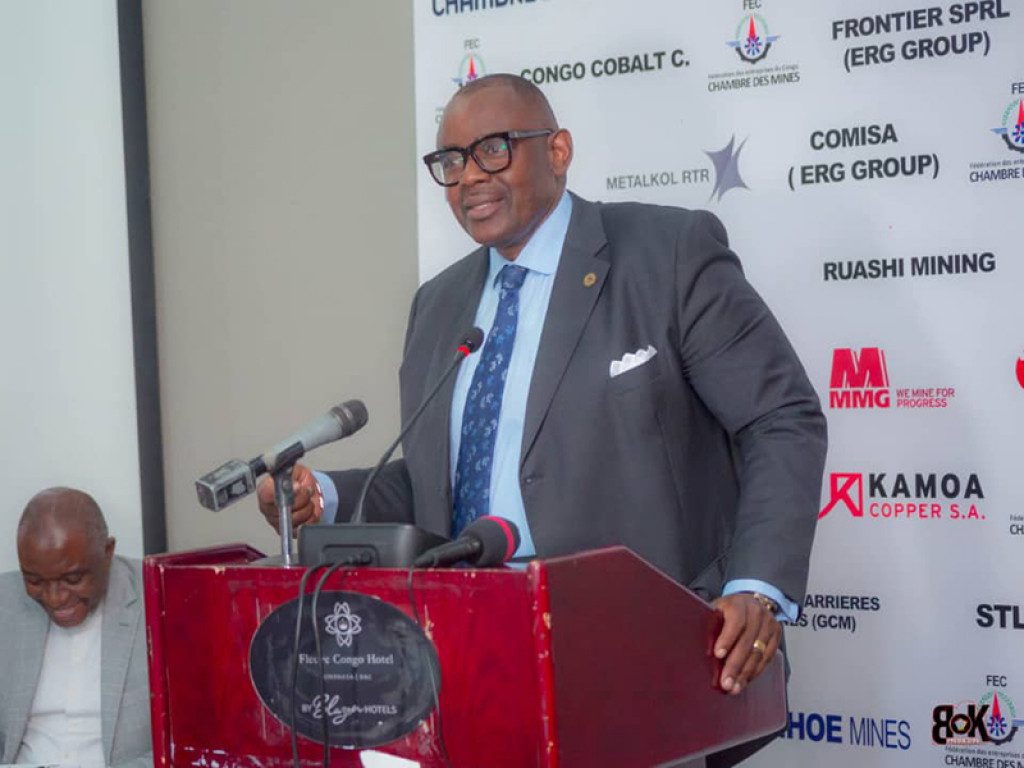
How do you see the mining industry in DRC developing over the next five years?
LW: Looking at the negative shocks on the world stage such as the COVID-19 pandemic, climate change, and the international geopolitics seen with the Russia-Ukraine war, one must be very cautious when making medium- and long-term projections on how the mining industry in DRC will develop.
Be that as it may, DRC will remain a prime destination for mining investment thanks to its mineral endowment, which is second to none on this planet. Most importantly, this is particularly the case with the green metals needed to decarbonise the world economy (copper, cobalt, lithium, coltan, nickel, manganese, zinc, etc.), its immense hydropower potential, as well as its exceptional human capital.
The mining industry will more likely remain a key driver of economic growth at more than six percent a year.
The trend seen in recent years of increased production in base metals (copper and cobalt in particular) year on year will continue as new projects are expanding and reaching full capacity, and those in the exploration stage are progressively commissioned.



